Anatomical models
3D models reproducing models of bones and tissues
Why print anatomical models in 3D
3D printing applications in medicine
Anatomical models made with 3D printing are widely used in various fields of medicine as well as for testing medical devices.

Maxillofacial surgery
3D printing and 3D modeling are used to align bone fragments, find angles for surgical corrections, and 3D print models that can be used to pre-bend titanium plates and other support structures.
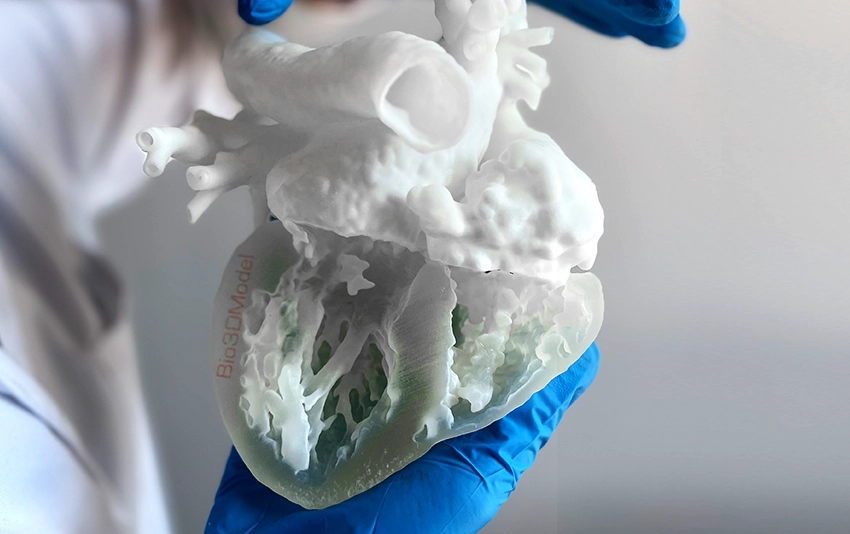
Cardiovascular surgery
The 3D printed model helps surgeons prepare for complex surgeries, such as cardiovascular ones, allowing for more precise treatments and improving the lives of patients with heart conditions.
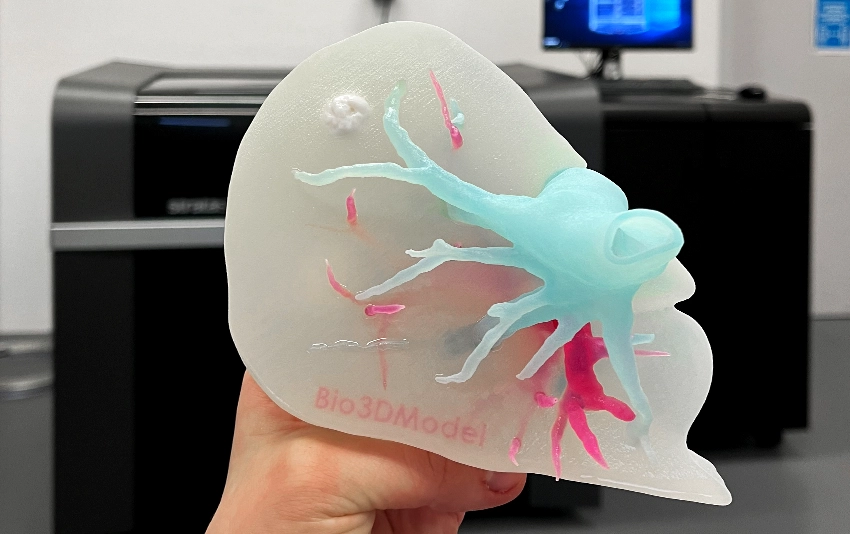
Abdominal surgery
Thanks to advanced biomedical applications, surgeons can use customized anatomical models, instruments and 3D printed prosthetics to improve the precision and success of abdominal procedures.

Pediatric surgery
Surgeons can employ prosthetics, anatomical models and customized devices to address the unique challenges of pediatric surgery, ensuring safer and more effective treatments for young patients.
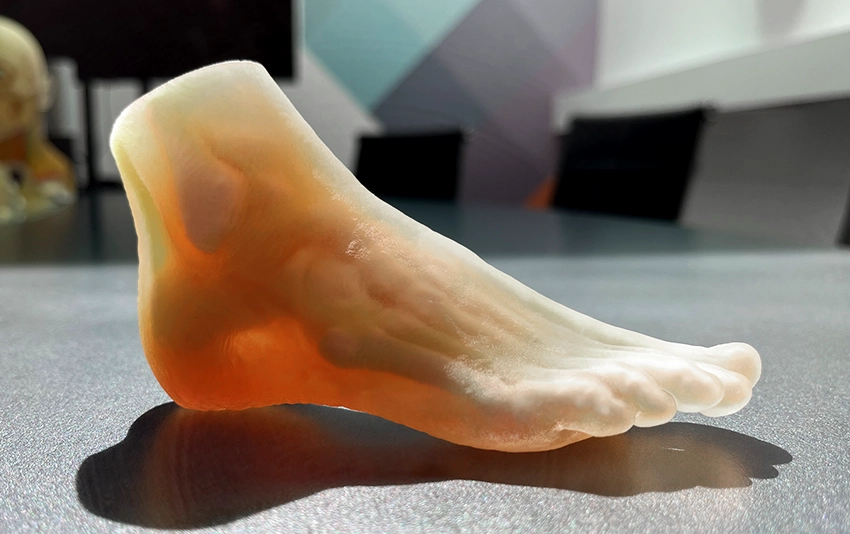
Orthopedics
3D printing is used to make custom cutting guides that fit exactly to the patient’s bone and precisely tell the surgeon where to cut during surgery.

Neurosurgery
Thanks to 3D printed models, surgeons can use customized devices for neurosurgical interventions, thus improving the safety and effectiveness of complex brain procedures.
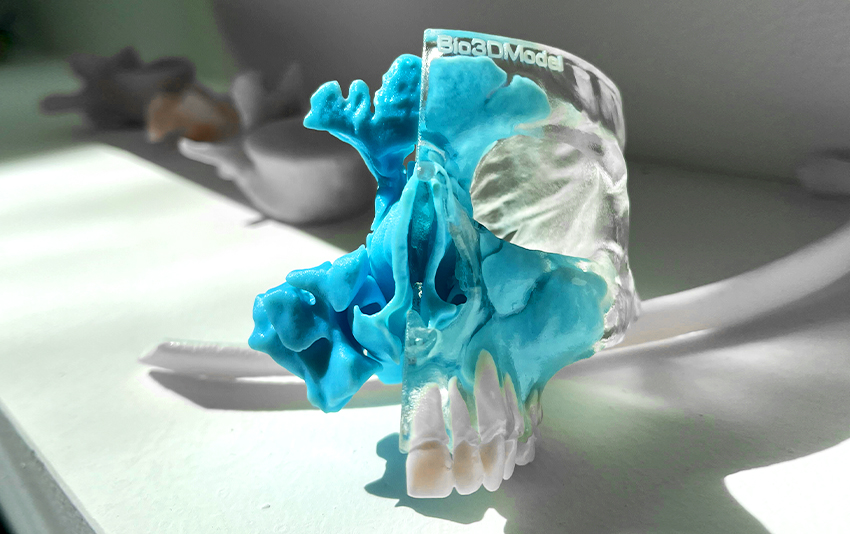
Otolaryngology
You can create ear prostheses, custom anatomical models and devices to treat hearing and breathing disorders, bringing innovation and precision in the field of otolaryngology to new levels.

Thoracic surgery
Thanks to 3D printing, surgeons can use customized anatomical models, prosthetics and devices, contributing to a better quality of life for patients suffering from lung and heart conditions.
Detailed anatomical models
Practical experience, “touching” is essential for doctors and surgeons, but traditional anatomical models are often very expensive. Stratasys 3D printers allow you to work with materials that simulate human tissues, biocompatible materials and sterilizable materials.
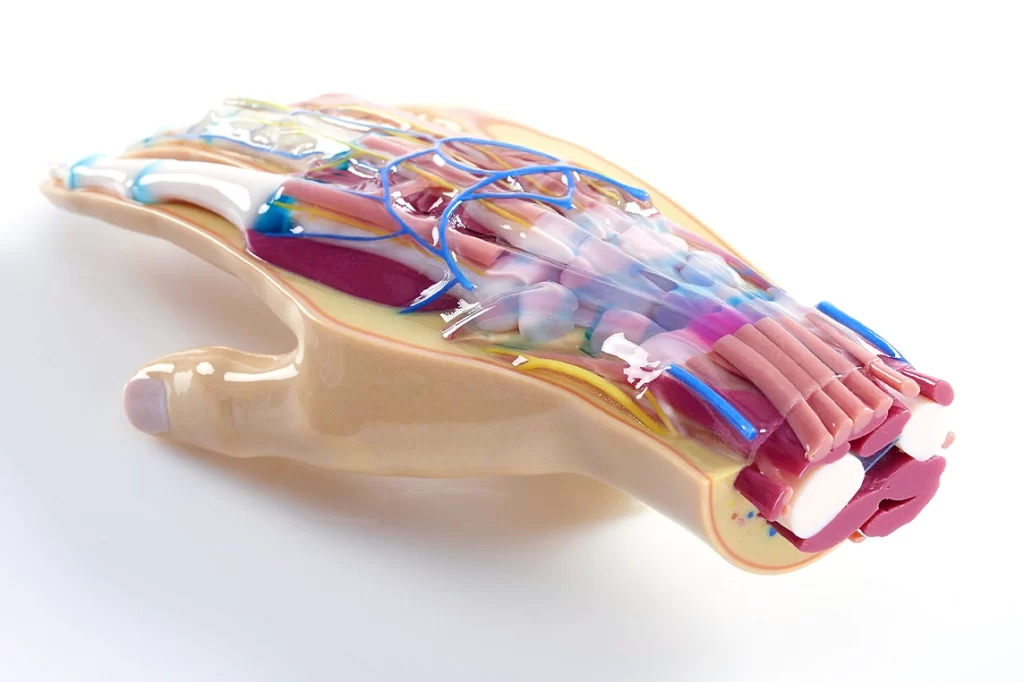
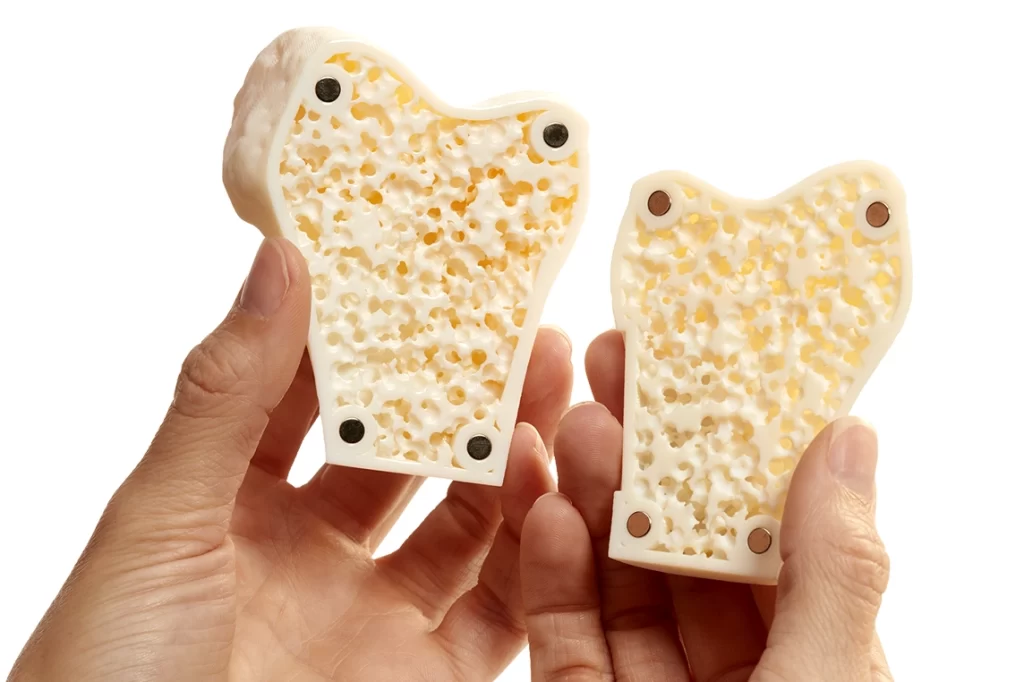
3D models reproducing bones and tissues
Create highly realistic anatomical models that reproduce the look and feel of soft tissue, muscle, cartilage and bone with 3D printing materials specifically designed for medical models with the Stratasys J850 Digital Anatomy 3D Printer.
A full range of materials allows you to print transparent parts so you can clearly see internal parts such as hidden tissue and blood vessels.
Medical device prototyping
- Get clear and detailed feedback
- Delete errors faster
- Collect reliable performance data
- Speed up preclinical test prototyping
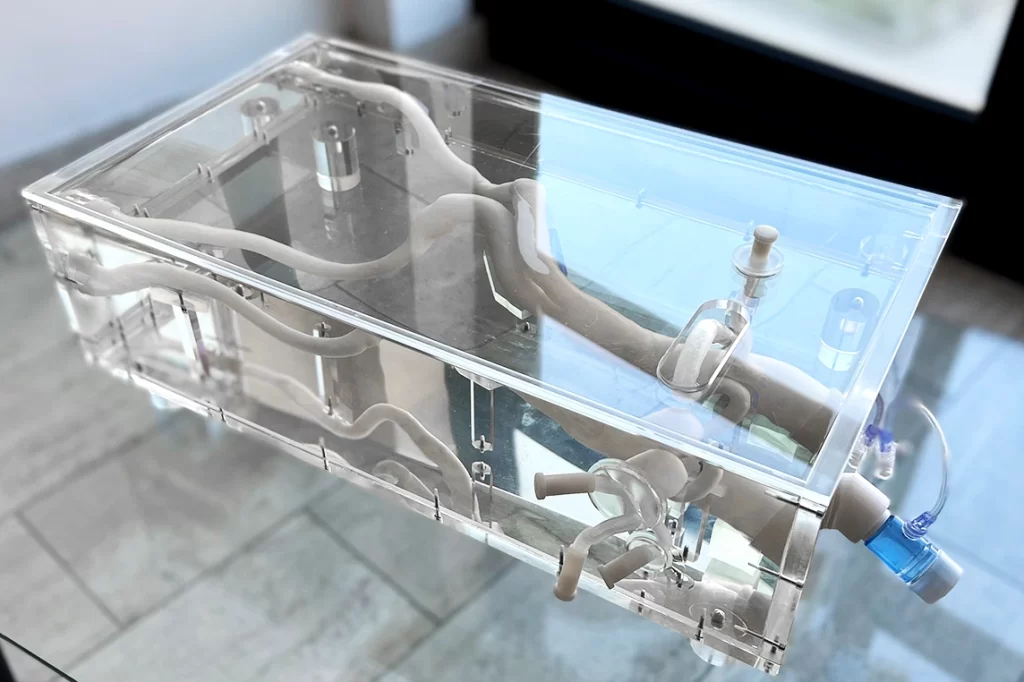
Ask for information
Request information and discover all the advantages of 3D printing applied to the medical and surgical world.


